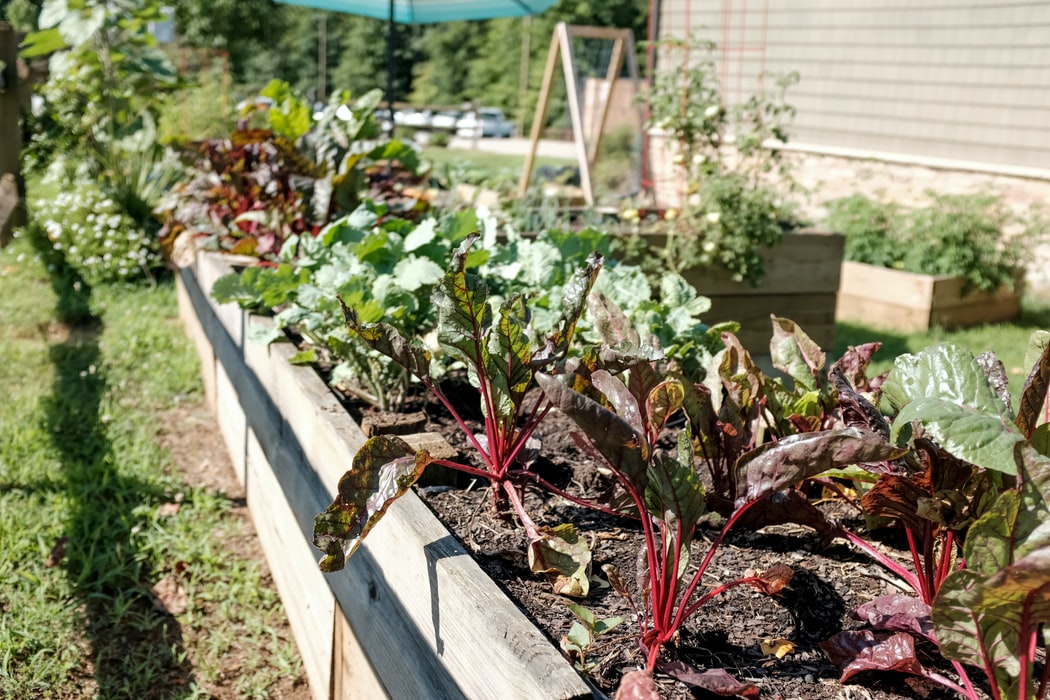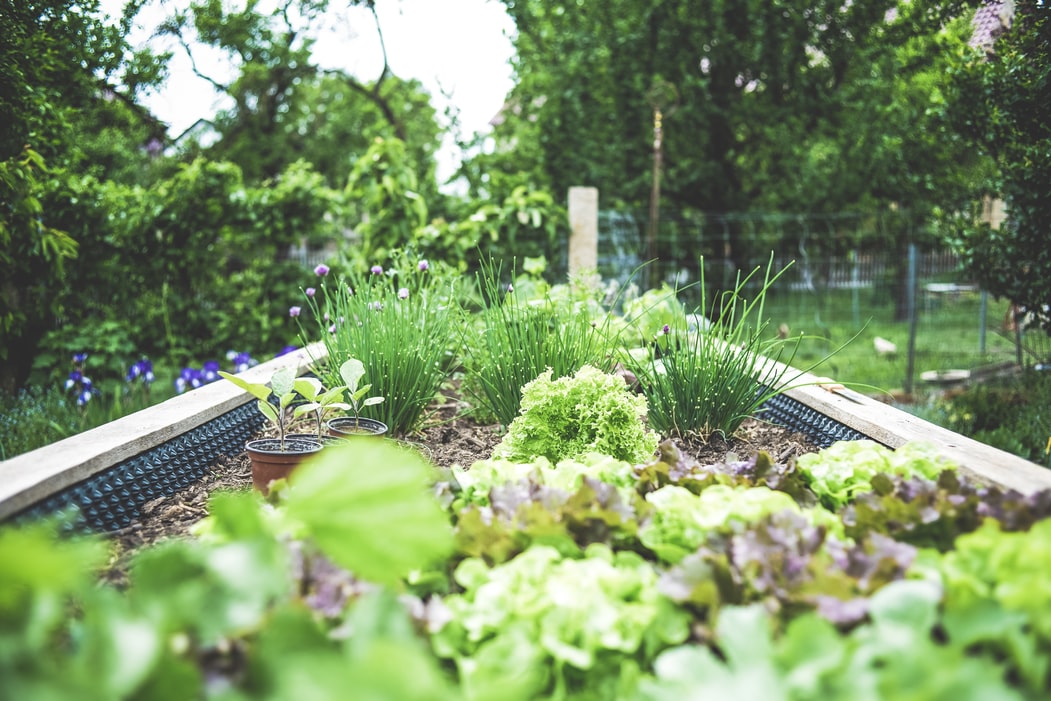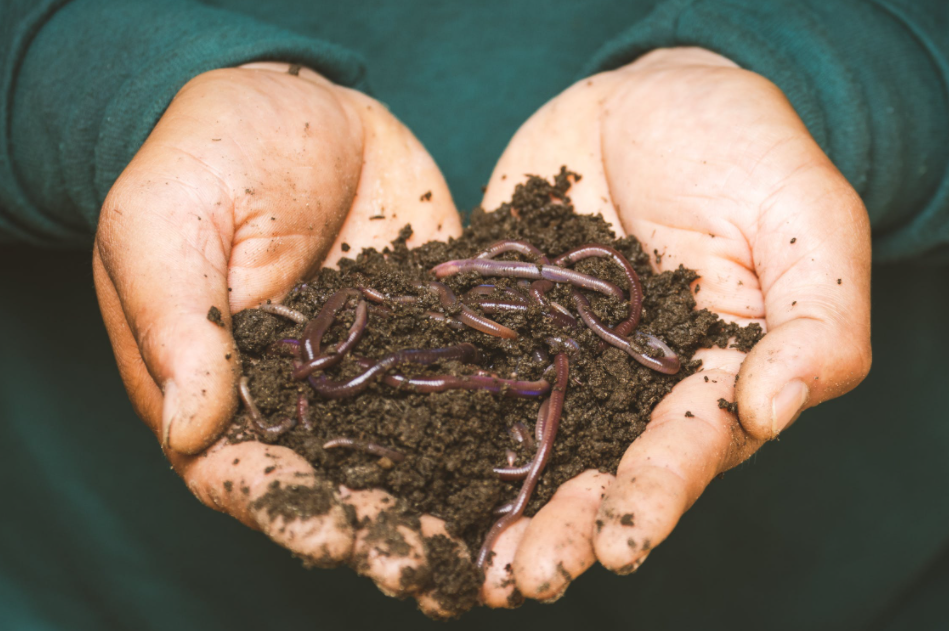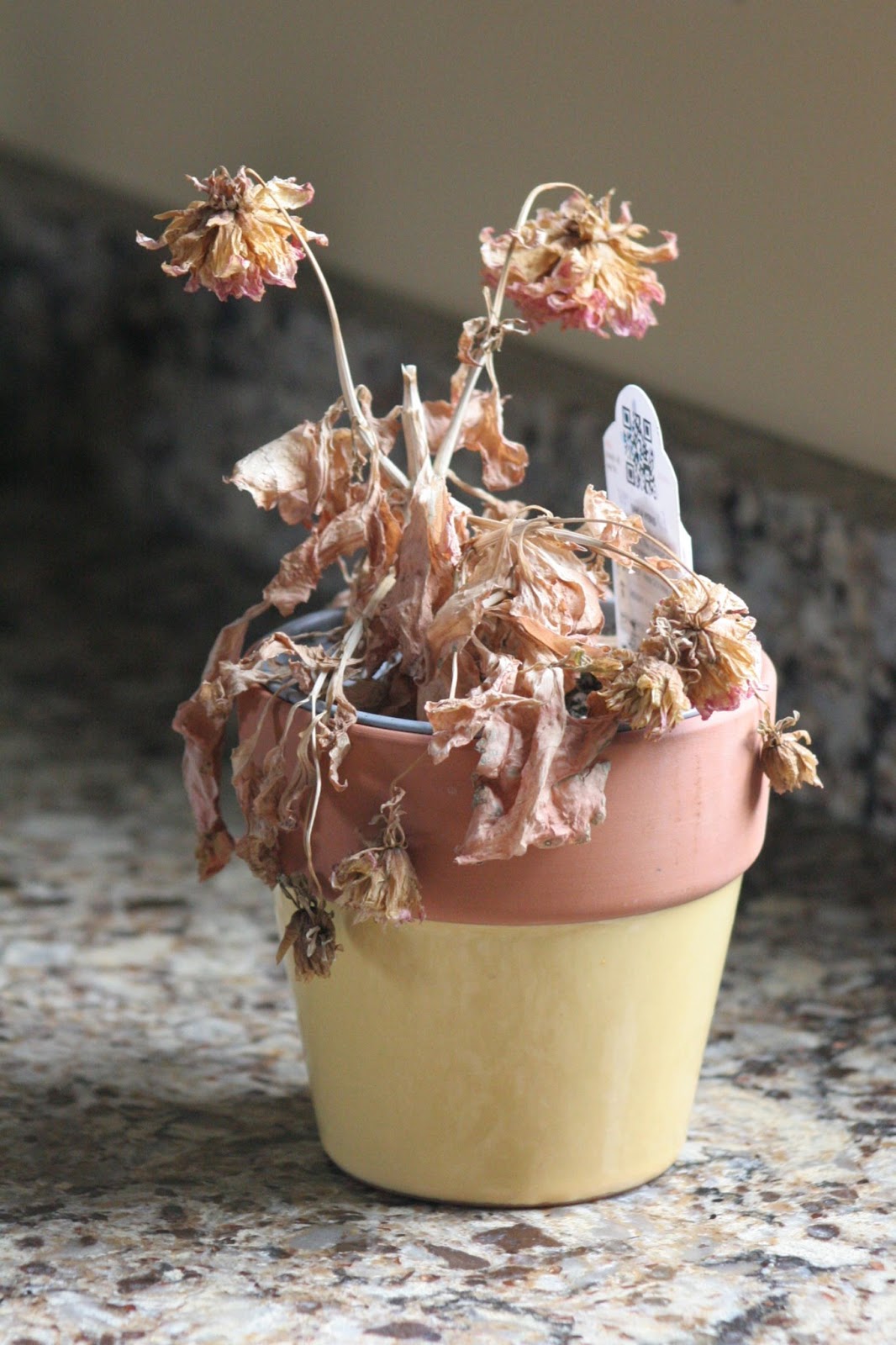4 Ways to Ensure You Have A Constant Supply of Homegrown Food

Grow your own food at home with these simple methods!
Being self-sufficient is a great thing to strive for in the current climate when the transportation of goods has been stunted because of covid restrictions and supplies of food, and everyday essentials are dwindling as a result of this and people panic buying.
Growing your own fruit and vegetables can provide you with a never-ending supply of fresh food and give you a wonderful sense of achievement at the same time. However, if you are new to horticulture, it can be challenging to know what produce to plant and when to plant it to have food available throughout the year. Here are 4 ways to grow food for your table during every season.
Winter Garden
Depending on where you live in the world, seasons can vary immensely. If you live in a warm climate, your winters will be mild, and you can grow fruit and vegetables successfully over the course of a year, whereas winter gardening in a cold country is more challenging. If it is extremely cold and frosty, you may want to get a greenhouse or even grow some produce in pots inside your home. Vegetables and fruits such as cucumbers, peppers, eggplants, and tomatoes will do well growing inside.
Some types of produce are hardy and can withstand a bit of winter frost. Turnips, broccoli, Brussel sprouts, cauliflower, bok choy, brown mustard, kale, and cabbage belong to the family Brassicaceae. They can survive well over winter, so tending to them will keep you busy. Some vegetables, such as parsnips, actually taste better after they have been exposed to some frost and then harvested. As the name suggests, salad leaves such as winter lettuce grow through winter but should be picked in small amounts and often so that they have the energy to replace their harvested leaves.
Get Organized
Successful gardening is all about planning. You should use a notebook or a garden planning app to decide what you will grow, where you will grow it, and when. Doing so will ensure that you can keep a steady stream of produce growing throughout the year. Choose vegetables that can be sown and harvested at different times of the year so that when the produce from one harvest has been used up, you don’t have a long gap between that and when the next batch of vegetables are ready to be harvested.
Fast-growing plants are a must as you can plant them more often to have a constant supply. Choosing different varieties is a good idea too. For example, carrots have different varieties that get planted at different times of the year, so you could plant one type of carrot in the spring and another in late autumn so that you can have a guaranteed carrot stock over most of the year.
Get a Head Start
Growing plants inside your home under grow lights can give your crops a kick start meaning that they can have an earlier harvest. Peas, onions, chard, and cabbage can be grown in trays indoors over winter and then transplanted into the ground outside once Springtime comes. Covering the growing trays with a cloche or fabric cover for a few days before sowing the seeds will heat up the soil and speed up the germination process.
Store Them
Clever and organized storing of the fruit and vegetables is of utmost importance. As most produce will be harvested in the autumn, you may have to store a good amount so that you have plenty to last through the winter. Root vegetables like carrots, potatoes, and beetroots will last for a few months when stored properly once they have been harvested in late autumn. They should be kept somewhere cool, dark, and free from frost. Placing them into paper bags or wooden boxes in a well-ventilated area will ensure they last a few weeks.
Beans such as borlotti beans should be picked and dried before winter. They can be stored in jars and used in soups and stews. Soft fruits such as raspberries, strawberries, blueberries, blackcurrants, and blackberries can be picked and frozen or turned into jams, jellies, or chutneys. While cucumbers, peppers, tomatoes, carrots, beetroot, baby corn, onions, garlic, plums, and apples can be placed into glass jars containing a mixture of vinegar, water, sugar, and spices and pickled to preserve them for a long time.
Growing your own food can be hard work and takes a bit of planning, but once you know how you will never fail to be amazed at what nature can do and how good something grown with your own hands can taste.








